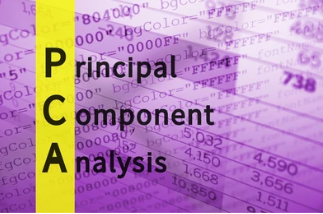In wine science research, it is often necessary to collect many observations and data on multiple variables that reflect the properties of a thing. These large multivariate samples can provide a wealth of information for wine science research but also pose difficulties for data processing. The principal component analysis is a technique used to reduce the dimensionality of such data sets and improve interpretability while minimizing information loss. This technique can squeeze out the bubble components from many observations to obtain information about the essential properties of wine.

Due to its chemical composition, wine is considered a complex multi-indicator flavor beverage. To fully understand the flavor of wine, wine companies have developed many detection methods to analyze the indicators of wine. But in the face of a large amount of index data, most enterprises do not know how to use these large amounts of data. Lifeasible provides powerful principal component analysis tools to statistically analyze these wine data sets. We can help clients analyze the chemical and sensory characteristics of wines, identify patterns and relationships between variables, and classify wines based on their characteristics.
Our technical team develops one-stop solutions for applying principal component analysis to wine indicator data with the following process:
(1) All wine indicator data are scaled to eliminate differences in magnitude and order of magnitude between indicators.
(2) The correlation matrix between wine indicators was used to identify highly correlated indicators.
(3) A computerized principal component program was used to generate the contribution of the variance.
Lifeasible has applied principal component analysis to a wide range of wine data analysis, particularly in the areas of wine classification and quality assessment. We aim to help our clients analyze the main sources of variation in wine and the relationships between different variables, providing valuable insights into the chemical and sensory characteristics of wine. Our international level of testing has earned us the trust of many clients. If you are interested in our solutions, please contact us for a technical consultation and quotation.